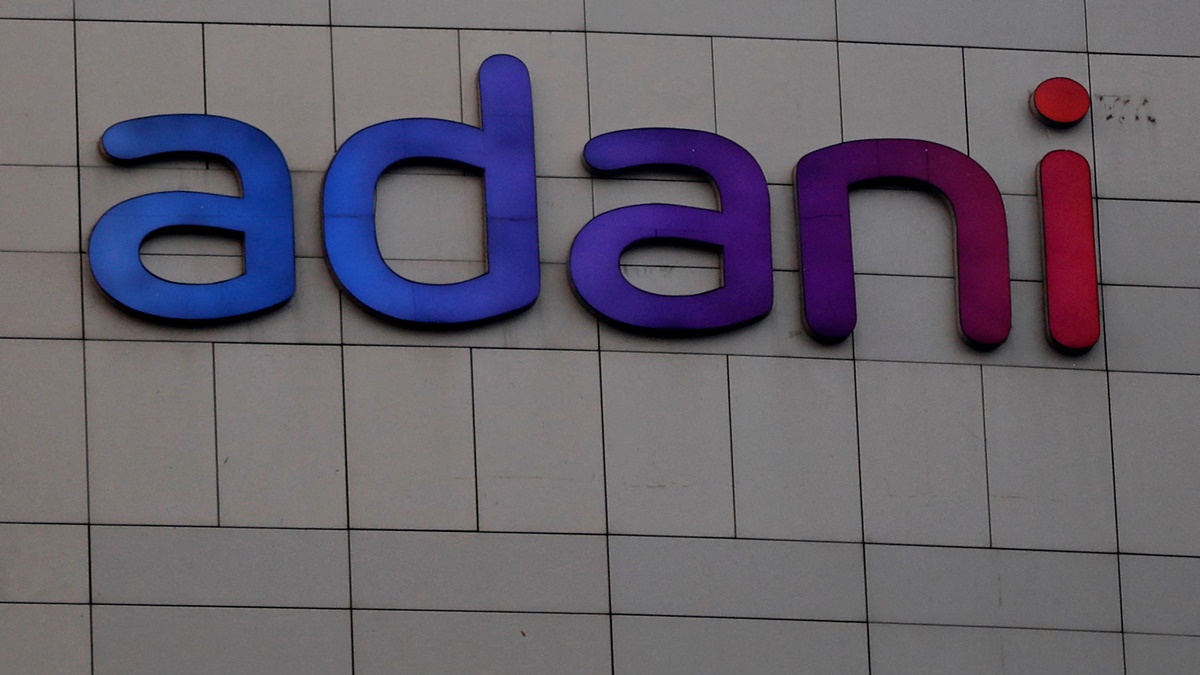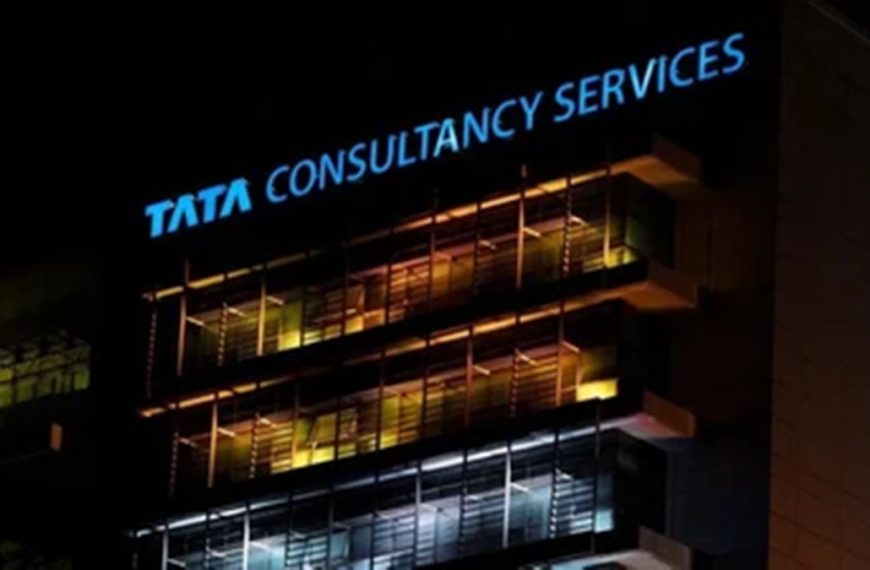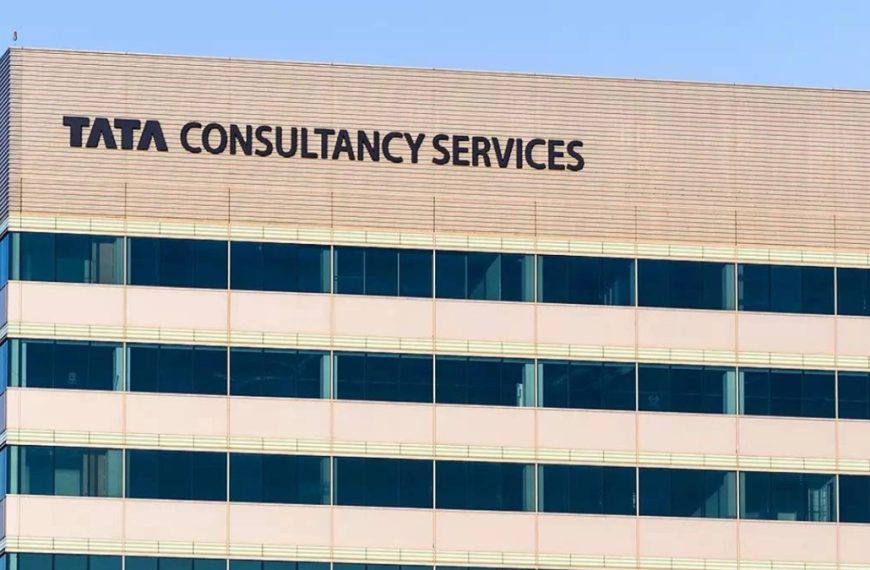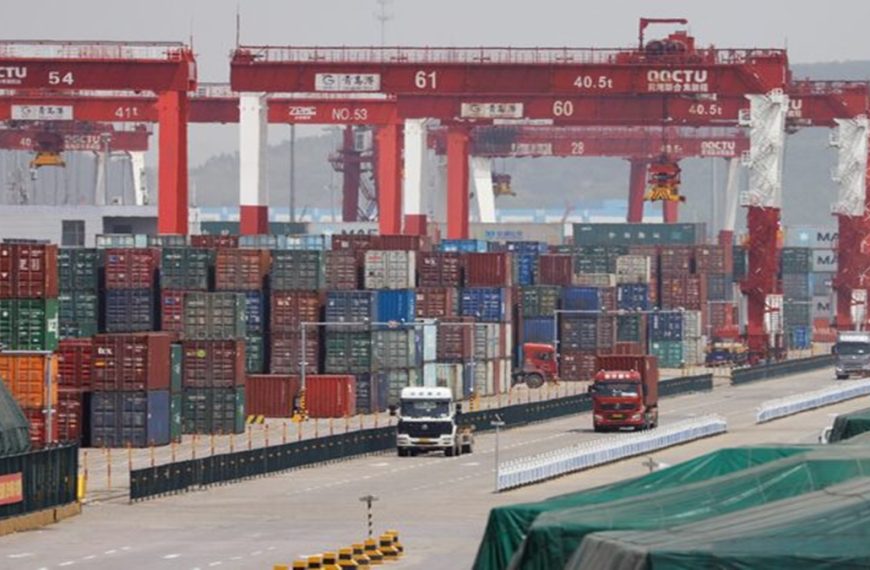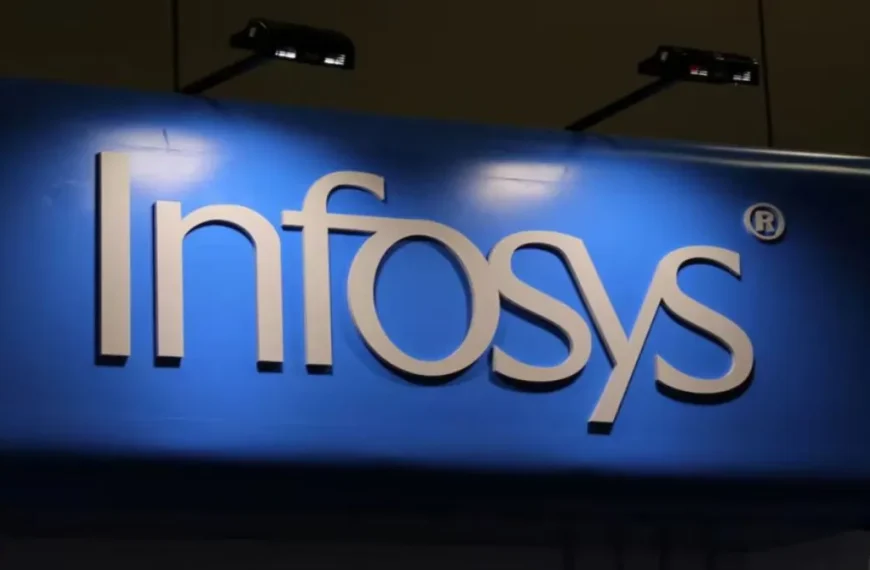Maharashtra’s ambitious Dharavi redevelopment project is on track for a significant transformation, with the Navbharat Mega Developers Private Limited (NMDPL) at its helm. This special purpose vehicle, formed through a partnership between the Maharashtra government and the Adani Group, is set to revolutionize one of the world’s largest slums. Once completed, the project will enable the sale of 10 to 12.5 million square feet of properties annually over the next seven years.
Project Insights from NMDPL CEO
SVR Srinivas, the CEO of the Dharavi Redevelopment Project, emphasized that the release schedule of properties will be influenced by market conditions. "We’re evaluating how much to release based on prevailing market dynamics," he remarked, indicating a flexible strategy aimed at optimizing sales.
- Ownership Structure: The Adani Group maintains an 80% stake in NMDPL, while the Maharashtra government holds the remaining 20%.
- Monetization Strategies: The project will leverage transferable development rights (TDR) to maximize financial returns. Srinivas explained that the SPV will deliberate between utilizing free sale components and TDR for property sales.
Understanding Transferable Development Rights (TDR)
TDRs allow landowners to transfer their unused development rights to different locations, promoting urban development in targeted areas. While Srinivas refrained from providing specific figures on expected TDR revenue, he noted, “Not all TDR can be used within Dharavi. We will make decisions based on what’s best for the project.”
Market Impact and Housing Demand
Real estate experts believe that the Dharavi redevelopment will not disrupt Mumbai’s property market. Niranjan Hiranandani, founder of the Hiranandani Group, stated, “With nearly half of Mumbai’s population residing in slums and a continuous influx of people, the demand for housing is enormous.” He highlighted that the introduction of new affordable, mid-range, and premium housing options will enhance the overall market.
Government Initiatives to Combat Slums
Regarding the Maharashtra government’s proposal for developers to acquire 50% of TDR from the Dharavi project, Srinivas pointed out that this approach aims to eliminate slums from the city. He noted that the Dharavi Redevelopment Project generates a unique kind of TDR tailored for slum areas, differentiating it from standard TDR available in the market.
Investment and Progress Updates
The total investment for this transformative project is projected to reach Rs 3 lakh crore, encompassing rehabilitation and infrastructure development. Funds will be sourced through compulsorily convertible preference shares (CCPS), with Rs 4,000 crore already raised from the Adani Group.
The first phase of the redevelopment has commenced in Matunga, where the SPV has acquired land from the railways. An extensive survey has identified 90,000 housing units in Dharavi, marking it as the largest slum survey ever conducted in India. The completion of this survey is anticipated shortly, and the master plan for the project is expected to be finalized within weeks.
This redevelopment initiative promises not just to transform Dharavi but also to make significant strides towards addressing Mumbai’s housing challenges, paving the way for a brighter urban future.

